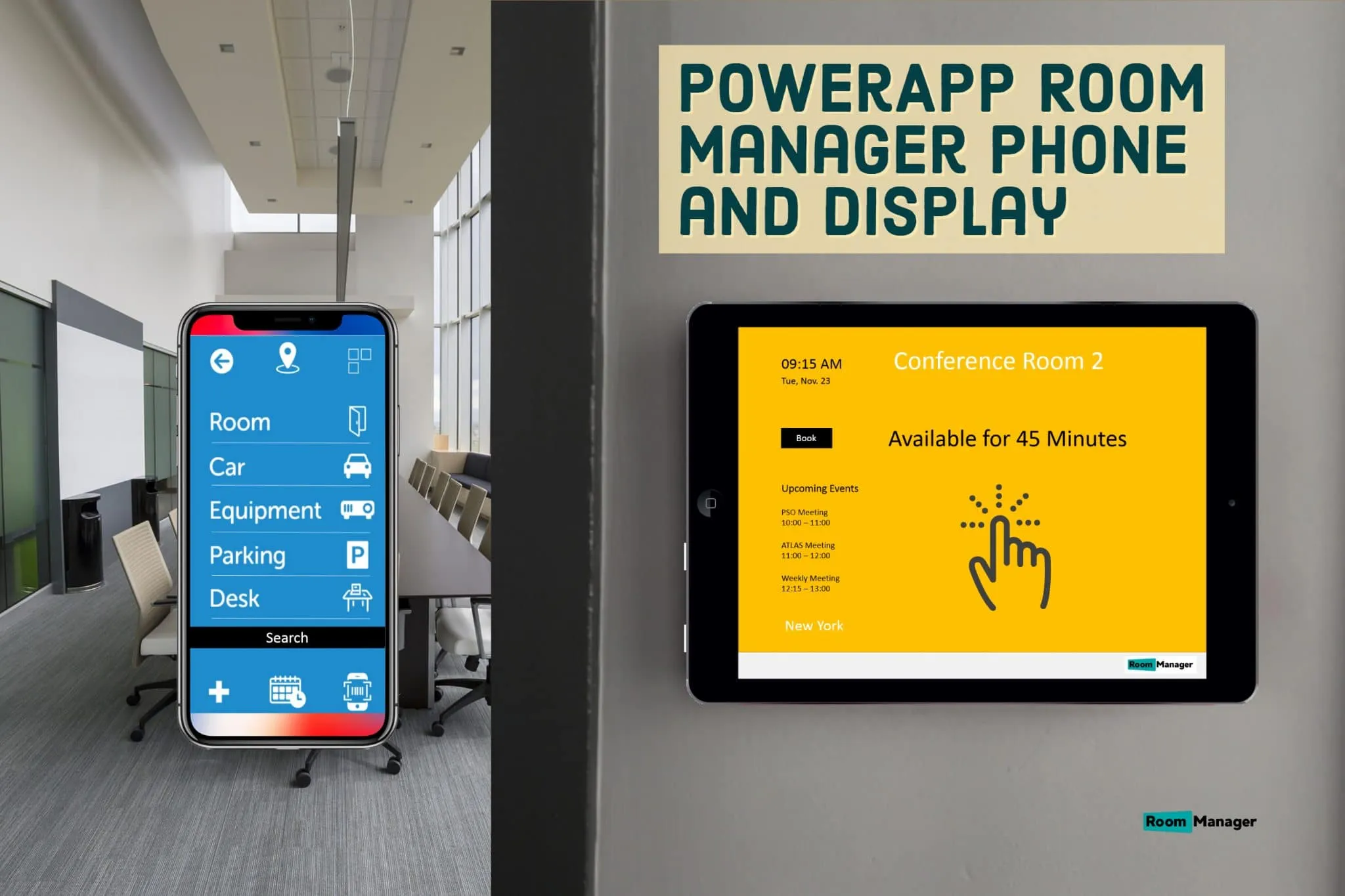Introduction
Overview of the article
For each area, the article explains how the hybrid work model can reduce costs and provides examples of companies that have successfully implemented this model. Finally, the article concludes by summarizing the cost savings benefits of the hybrid work model and encouraging businesses to consider implementing it in their operations.
Importance of cost savings in the current economic climate
Cost savings can be achieved through various strategies, such as reducing expenses on office space, travel, technology, and other operational costs. These savings can enable businesses to invest in new products, improve their services, or increase their profit margins. Therefore, cost savings have become a critical component of business strategy in the current economic climate.
Real Estate Cost Savings
Explanation of the hybrid work model
This model allows employees to balance their work and personal life while also allowing them to enjoy the benefits of in-person collaboration and engagement with colleagues. The hybrid work model has gained popularity in recent years due to technological advancements and the need for more flexible work arrangements in response to changing work environments.
Explanation of how hybrid work model can reduce office space requirements
This approach can allow businesses to reduce their real estate footprint and save money on rent while still providing employees with a productive work environment when needed. By reducing office space requirements, companies can free up resources to invest in other areas of their operations and improve their overall profitability.
Comparison of the costs of office space for remote workers vs. in-office workers Hybrid Work Cost Savings
In contrast, in-office workers require a dedicated workspace, which can be expensive, especially in urban areas with high real estate costs. In addition to rent, in-office workers also require other resources, such as utilities, cleaning services, and office supplies, which can add to high costs. Therefore, businesses that adopt a hybrid work model can significantly reduce their real estate costs and reinvest those savings into other areas of their operations.
Examples of companies that have saved money on real estate costs through hybrid work
Another example is Aetna, which reduced its real estate footprint by 2.7 million square feet and saved approximately $78 million annually.
Dell, Cisco, and American Express are other companies that have implemented the hybrid work model and reported significant cost savings on real estate. These examples demonstrate that the hybrid work model can be an effective way for businesses to reduce real estate costs while still providing employees with the flexibility and productivity they need to succeed.
Technology Cost Savings
Explanation of how hybrid work model can reduce the need for on-premise technology infrastructure
By using these solutions, businesses can reduce the need for on-premise hardware and software, which can be costly to maintain and upgrade. Additionally, cloud-based solutions are scalable, meaning companies can easily adjust their technology resources as their needs change. By reducing the need for on-premise technology infrastructure, businesses can save money on hardware, software, maintenance, and upgrades and reinvest those savings into other areas of their operations.
Comparison of the costs of remote work technology vs. on-premise technology
Remote work technology solutions are also scalable, meaning businesses can easily adjust their resources to meet their changing needs without incurring additional costs. Additionally, remote work technology can reduce the need for IT support staff and associated costs.
By comparison, on-premise technology solutions require a significant upfront investment, ongoing maintenance, and upgrades, which can add to high costs over time. Therefore, businesses that adopt a hybrid work model can save money on technology costs while still providing their employees with the tools they need to work effectively and efficiently.
Examples of companies that have saved money on technology costs through hybrid work
Similarly, Dell has saved over $12 million yearly on real estate costs by implementing a flexible work program that allows employees to work from home. These examples illustrate the potential cost savings that can be achieved by adopting a hybrid work model and demonstrate that remote work can be a cost-effective way for businesses to provide their employees with the tools they need to work effectively and efficiently.
Travel Cost Savings
Explanation of how hybrid work model can reduce commuting time and expenses for employees
By reducing the number of days employees must commute to the office, businesses can help their employees save money on transportation costs, including gas, public transportation, and parking fees. In addition to the financial savings, remote work can save employees valuable time that would otherwise be spent commuting. This can lead to a better work-life balance, increased job satisfaction, and reduced stress levels, ultimately benefiting both the employee and the employer.
Comparison of the costs of commuting for remote workers vs. in-office workers
Commuting can be stressful, especially in heavy traffic or inclement weather, leading to fatigue and reduced productivity. By reducing the time employees commute, businesses can help their employees save money and reduce stress, leading to a more satisfied and productive workforce.
Explanation of how hybrid work model can lead to increased job satisfaction and reduced employee turnover
Moreover, the hybrid work model can expand the pool of potential employees since geographical location is less of a concern, leading to a more diverse workforce. Finally, when employees are happy and satisfied with their work, they are more likely to remain with the company long-term, reducing the costs associated with employee turnover. Overall, the hybrid work model can lead to a more contented and loyal workforce, benefiting both the employees and the company.
Comparison of the costs of operational expenses for remote workers vs. in-office workers
Additionally, with fewer employees in the office, the physical space has less wear and tear, which means less frequent cleaning and maintenance. Furthermore, the reduced need for office space also results in lower operational costs. The hybrid work model can help companies save on operating expenses while maintaining a productive workforce.
Operational Cost Savings
Comparison of the costs of operational expenses for remote workers vs. in-office workers
Studies have also shown that employees who work from home are less likely to leave their jobs than those who work exclusively in the office. This reduced turnover can save the company significant amounts of money in recruitment and training costs. Overall, the hybrid work model can help improve employee satisfaction and retention, which can positively impact the company’s bottom line.

Comparison of the costs of recruitment and training for remote workers vs. in-office workers
Conclusion
Summary of the cost savings benefits of hybrid work model
Call to action for businesses to consider implementing hybrid work model
Reports and Links from authorities
“The Future of Work: From Remote to Hybrid,” McKinsey & Company – This report explores the potential cost savings of hybrid work, including reductions in real estate costs, travel expenses, and infrastructure investments. Link
“The Hybrid Workplace: How to Build a More Effective Remote and Office Workforce,” Deloitte – This report discusses the cost savings benefits of hybrid work, including reduced real estate costs and improved employee retention. Link
“The Real Cost Savings of Remote Work,” Global Workplace Analytics – This article provides data and statistics on the cost savings of remote work, including reductions in real estate costs, turnover, and absenteeism. Link
“Remote Work’s Time Has Come,” Forbes – This article discusses the cost savings associated with remote work, including reductions in real estate costs and improvements in productivity. Link
FAQ Hybrid Work Cost Savings
The cost savings due to remote work varies depending on the company and the work type. However, by allowing employees to work remotely, companies can save significant money on real estate costs, utilities, office supplies, and other operational expenses. Additionally, remote work can reduce employee commuting expenses and increase job satisfaction, reducing turnover and recruitment costs.
Whether hybrid work is better than remote work depends on the company’s and its employees’ specific needs and preferences. Hybrid work can balance the flexibility of remote work and the collaboration and community of in-person work. However, it requires careful planning and management to ensure employees can work effectively and efficiently in both settings.
Companies can save money with remote work by reducing their real estate footprint, lowering operational costs such as utilities and office supplies, and reducing employee turnover and recruitment costs. Additionally, remote work can increase productivity and allow companies to tap into a broader talent pool.
Working from home can offer increased flexibility, reduced commuting time and expenses, and improved work-life balance. However, it can also lead to isolation and decreased collaboration and communication with colleagues. Hybrid workspaces can offer a balance between the flexibility of remote work and the collaboration of in-person work but require careful planning and management to ensure that employees can work effectively in both settings. Additionally, hybrid workspaces may require additional costs for technology and infrastructure.












